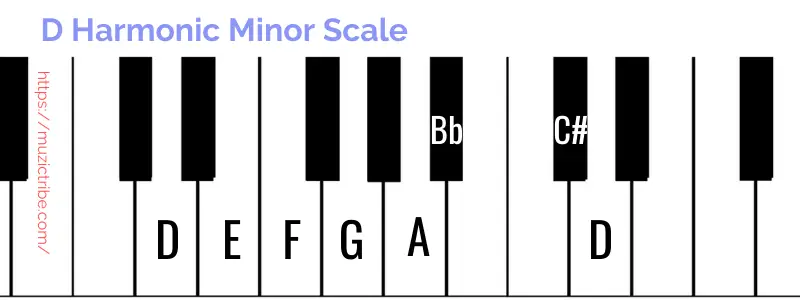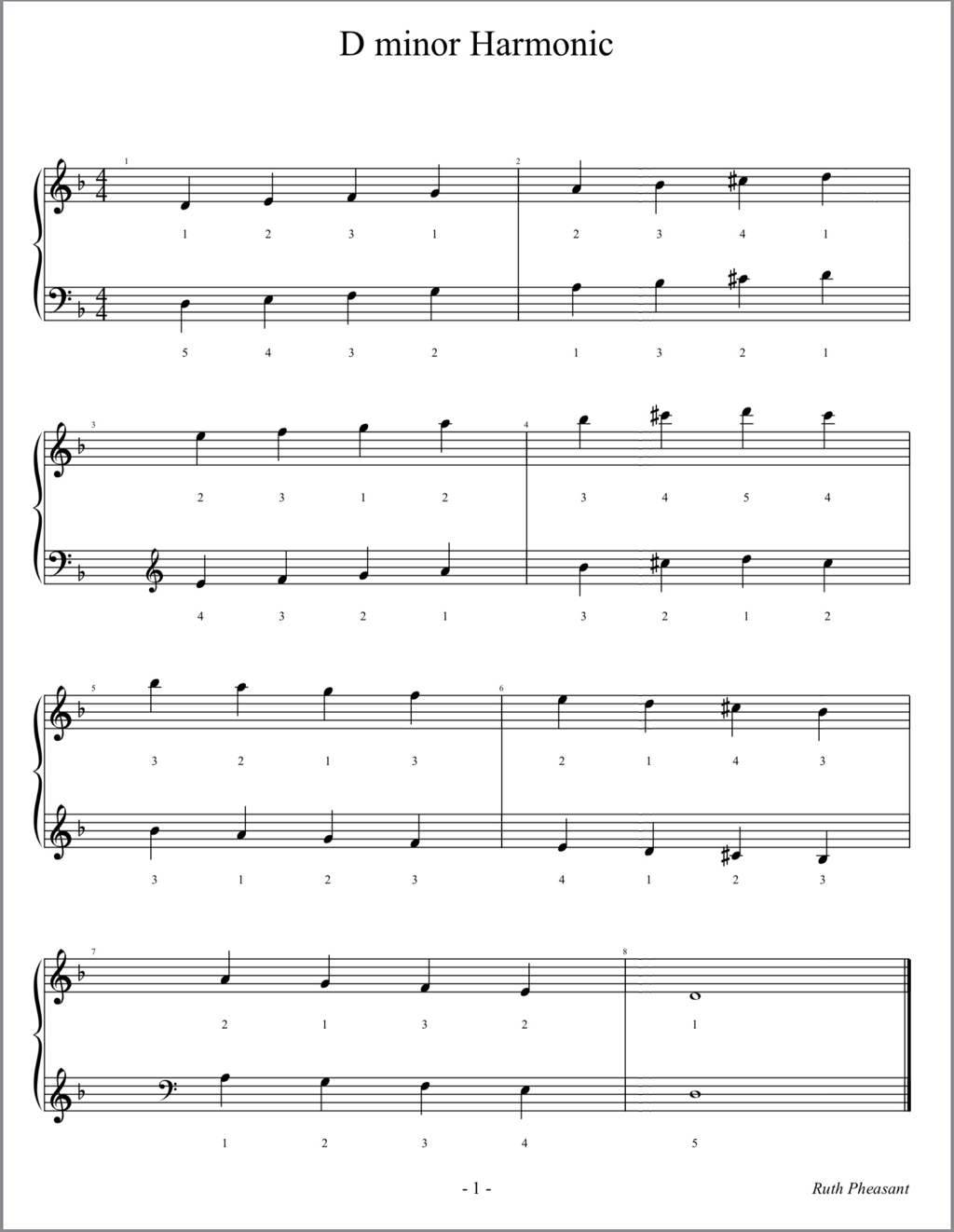


Here’s the scale in the treble, with the natural scale in the bass for comparison: This creates a lot of tension, that wants to resolve as we reach the E. This scale raises the 7th note by a half-step, so D now becomes D#. That’s where the harmonic minor comes in. In the natural minor, there is no strong leading note function. Its role is to create that tension and make us want to hear a resolution. It ‘leads’ the ear towards the next note, which is often the tonic (root or 8th note). In music, the 7th note is called the ‘leading note’. Music is all about ‘tension’ and ‘resolution’, and we don’t find too much of that here. It sounds fine - but there’s not real ‘pull’ to the final note. This is probably the most commonly used minor scale, especially in popular music. The scale is played according to its key signature, and looks like this: The notes of Em are exactly the same as G major, just starting on E. Its relative minor is Em, which also has one sharp (F#). Every major scale has a ‘relative’ minor. This is the minor scale in its most basic form. The big difference comes down to the role or function of the notes. There is only ONE major scale, so why the heck are there 3 minor scales? And what’s the difference between them? Natural minor, harmonic minor, melodic minor, WHAT?!


 0 kommentar(er)
0 kommentar(er)
